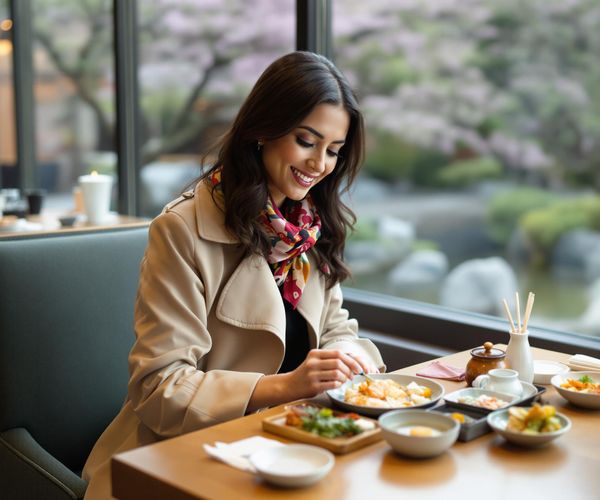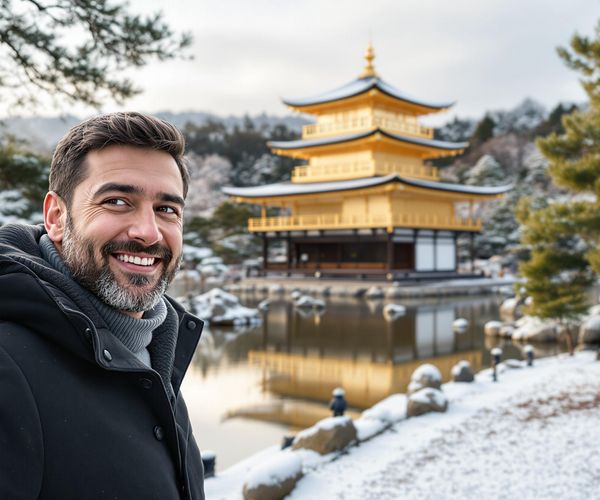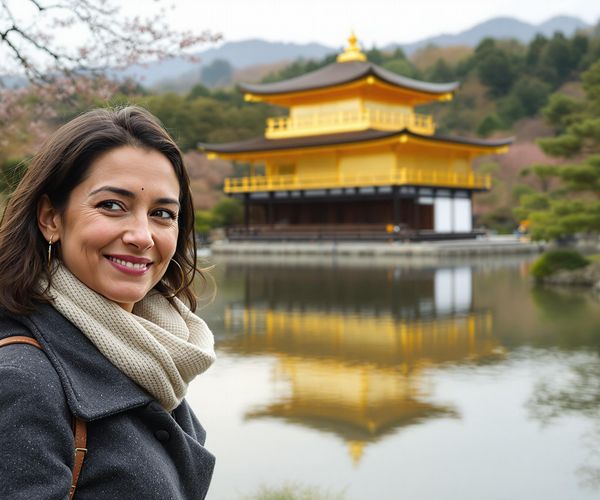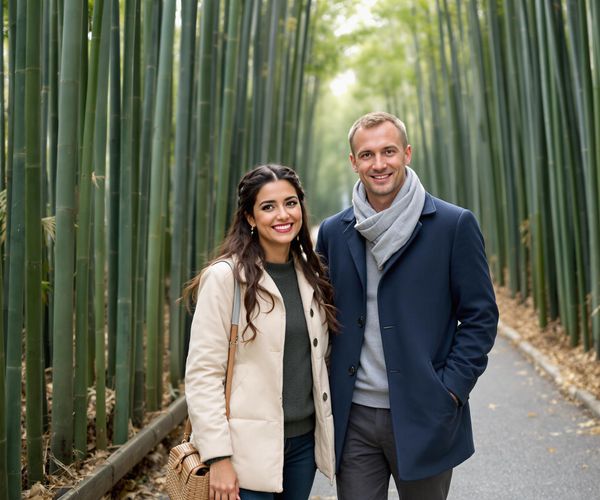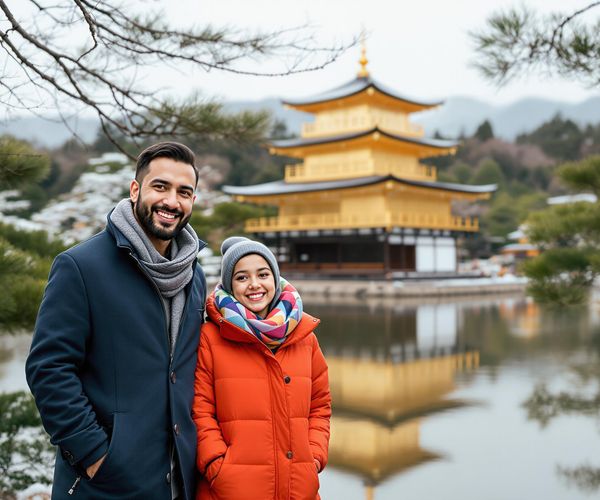
Osaka: The Heartbeat of Japan’s Cultural and Culinary Soul
Discover Osaka, Japan’s lively metropolis where tradition meets modernity, renowned for its culinary delights, historic landmarks, and vibrant nightlife.
Osaka, Japan's third-largest city, is a vibrant metropolis where modernity meets tradition. Known for its friendly locals and bustling atmosphere, Osaka offers a unique blend of ancient temples, futuristic architecture, and lively entertainment districts. As you explore the city's many neighborhoods, you'll discover a rich tapestry of experiences, from the historic Osaka Castle to the neon-lit streets of Dotonbori. Osaka is often referred to as the 'Nation's Kitchen' due to its culinary excellence. Food lovers will delight in the city's diverse gastronomic offerings, including mouth-watering street food like takoyaki (octopus balls) and okonomiyaki (savory pancakes). The city's numerous markets, such as Kuromon Ichiba Market, provide a sensory feast, showcasing fresh seafood, local produce, and delicious treats. The city's vibrant nightlife is another highlight, with numerous bars, clubs, and entertainment venues catering to all tastes. The Umeda Sky Building offers stunning panoramic views of the cityscape, while the lively district of Namba is perfect for those looking to experience Osaka's energetic nightlife. Whether you're a history buff, a foodie, or a night owl, Osaka has something to offer everyone.
Local tips in Osaka
- Use the Osaka Amazing Pass for unlimited travel on subways and buses, plus free entry to many attractions.
- Visit the Dotonbori area at night to see the famous neon lights and enjoy delicious street food.
- Take a day trip to nearby Nara to see the famous deer park and Todai-ji Temple.
- Explore the unique shops and cafes in the hipster neighborhood of Amerikamura.
- Try the local specialty, kushikatsu (deep-fried skewers), in the Shinsekai district.
Neighbourhoods in Osaka
Osaka: The Heartbeat of Japan’s Cultural and Culinary Soul
Osaka, Japan's third-largest city, is a vibrant metropolis where modernity meets tradition. Known for its friendly locals and bustling atmosphere, Osaka offers a unique blend of ancient temples, futuristic architecture, and lively entertainment districts. As you explore the city's many neighborhoods, you'll discover a rich tapestry of experiences, from the historic Osaka Castle to the neon-lit streets of Dotonbori. Osaka is often referred to as the 'Nation's Kitchen' due to its culinary excellence. Food lovers will delight in the city's diverse gastronomic offerings, including mouth-watering street food like takoyaki (octopus balls) and okonomiyaki (savory pancakes). The city's numerous markets, such as Kuromon Ichiba Market, provide a sensory feast, showcasing fresh seafood, local produce, and delicious treats. The city's vibrant nightlife is another highlight, with numerous bars, clubs, and entertainment venues catering to all tastes. The Umeda Sky Building offers stunning panoramic views of the cityscape, while the lively district of Namba is perfect for those looking to experience Osaka's energetic nightlife. Whether you're a history buff, a foodie, or a night owl, Osaka has something to offer everyone.
When is the best time to go to Osaka?
Iconic landmarks you can’t miss
Universal Studios Japan
Explore the thrilling rides, immersive attractions, and magical experiences at Universal Studios Japan, a top theme park in Osaka.
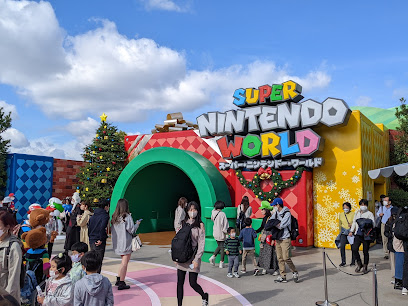
Osaka Castle
Discover Osaka Castle, a stunning historical fortress surrounded by beautiful gardens, offering a glimpse into Japan's rich heritage and breathtaking views.
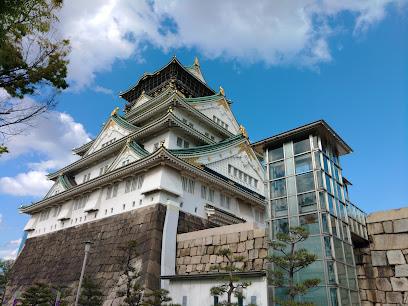
Dotonbori
Explore the dazzling lights, delicious street food, and vibrant culture of Dotonbori, Osaka's most iconic entertainment district.
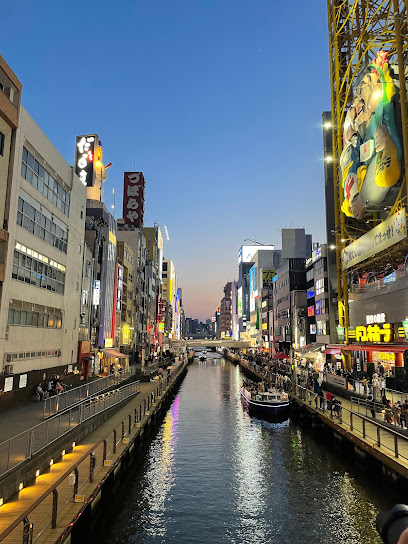
Osaka Aquarium Kaiyukan
Experience the mesmerizing beauty of marine life at Osaka Aquarium Kaiyukan, one of the largest aquariums in the world, located in the heart of Osaka.

Osaka Castle Park
Explore the historical beauty of Osaka Castle Park, a serene escape filled with nature, culture, and stunning views of Osaka Castle.
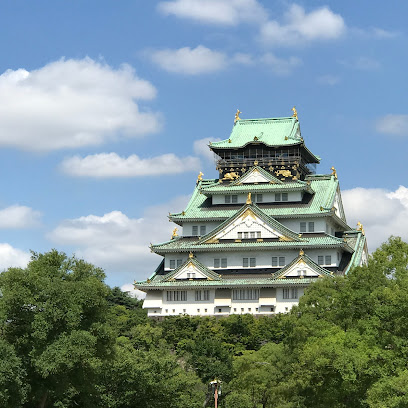
Umeda Sky Building
Explore breathtaking views and unique architecture at Umeda Sky Building, Osaka's iconic tourist attraction and cultural landmark.
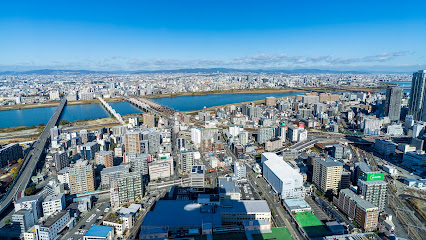
Tsūtenkaku
Discover Osaka's skyline from Tsūtenkaku, a historic observation tower offering breathtaking views and a rich cultural experience.
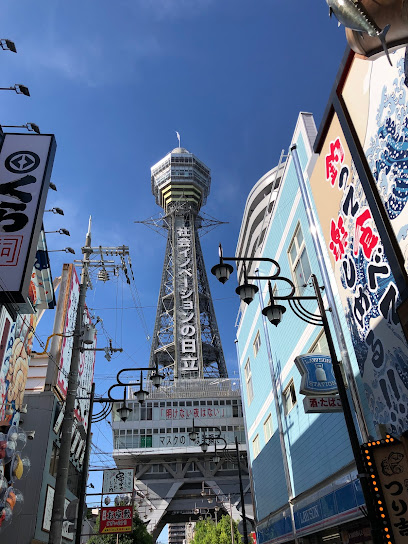
Harukas 300
Experience breathtaking panoramic views of Osaka from Harukas 300, the tallest observation deck in Japan, a must-see for all tourists.
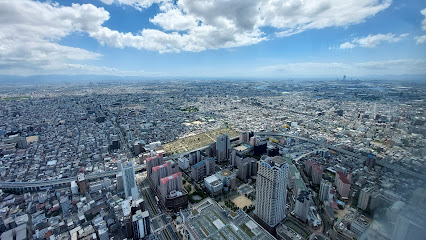
Kuchu Teien Observatory
Discover breathtaking views of Osaka from the unique Kuchu Teien Observatory, Japan's floating garden with stunning skyline panoramas.
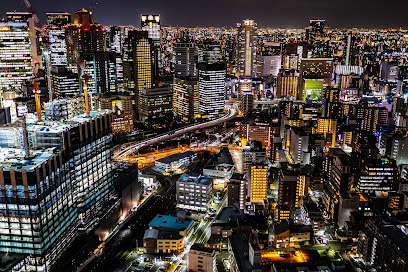
Shitenno-ji
Explore the spiritual heart of Osaka at Shitenno-ji, one of Japan's oldest Buddhist temples, rich in history and tranquility.
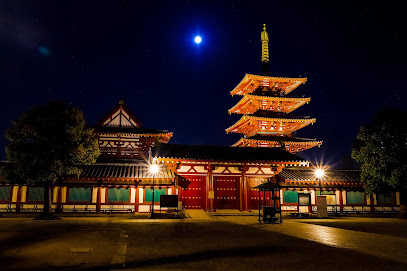
Nakanoshima Park
Discover the serene beauty of Nakanoshima Park, a lush urban oasis in Osaka, blending nature, culture, and stunning seasonal displays.
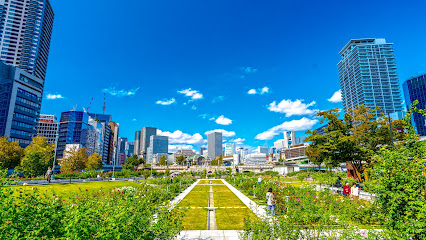
Osaka Castle Main Tower (Osaka Castle Museum)
Explore Osaka Castle, a stunning historical landmark boasting a museum, beautiful gardens, and breathtaking views of Osaka's skyline.
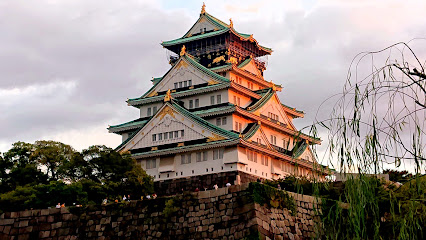
Naniwa-no-Miya-Ato Park (Naniwanomiya Palace Site Park)
Experience the beauty and history of Naniwa-no-Miya-Ato Park, a serene oasis in the heart of Osaka, rich in cultural heritage and natural splendor.
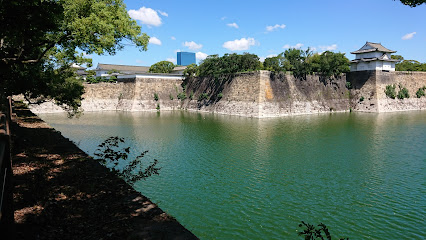
Tombori River walk
Experience the vibrant atmosphere and culinary delights of Osaka at the iconic Tombori River Walk, a must-visit destination in Dotonbori.
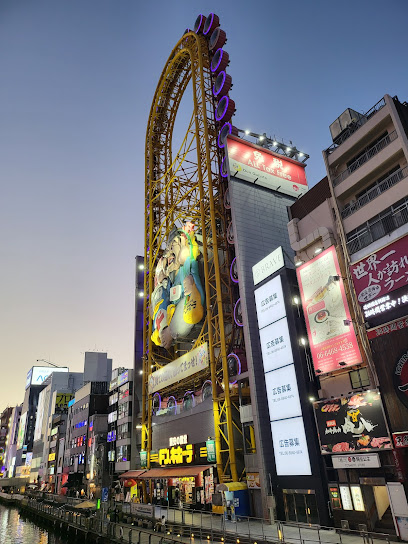
Otemon Gate
Explore Otemon Gate, the grand entrance to Osaka Castle, where history and beauty intertwine in a serene cultural landmark.
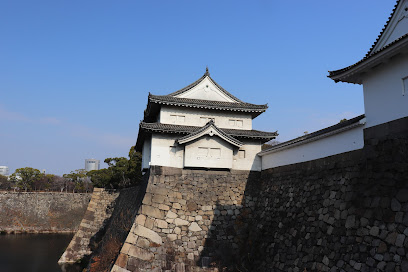
Unmissable attractions to see
Universal Studios Japan
Experience unforgettable adventures and magical moments at Universal Studios Japan, the ultimate theme park destination in Osaka for movie lovers and thrill-seekers.
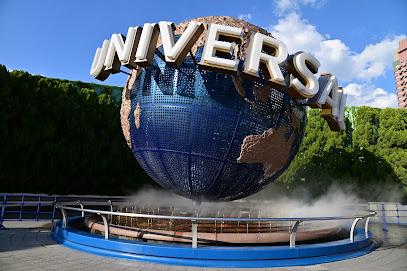
Fushimi Inari Taisha
Discover the mesmerizing beauty of Fushimi Inari Taisha, where thousands of torii gates beckon you to explore the spiritual heart of Kyoto.
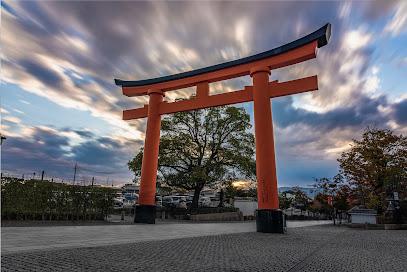
Osaka Castle
Explore the majestic Osaka Castle, a historical landmark that showcases Japan's feudal past amidst stunning gardens and rich cultural exhibits.
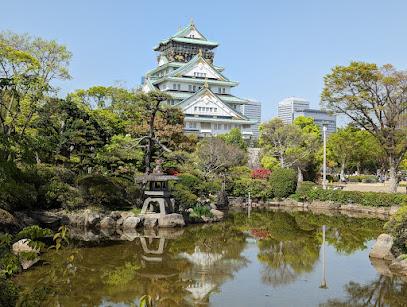
Nara Park
Explore Nara Park, a serene haven of deer, ancient temples, and stunning landscapes, perfect for cultural immersion and relaxation in Japan.
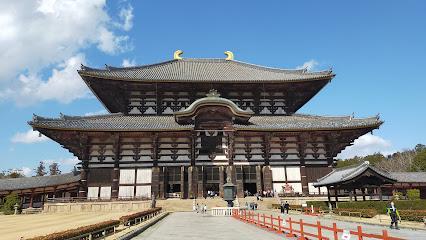
Kiyomizu-dera
Discover the serene beauty of Kiyomizu-dera, a historic Buddhist temple in Kyoto, famous for its stunning architecture and breathtaking views throughout the seasons.

ABENO HARUKAS
Experience Osaka from new heights at Abeno Harukas, Japan's tallest building with panoramic views, shopping, dining, and art exhibitions.
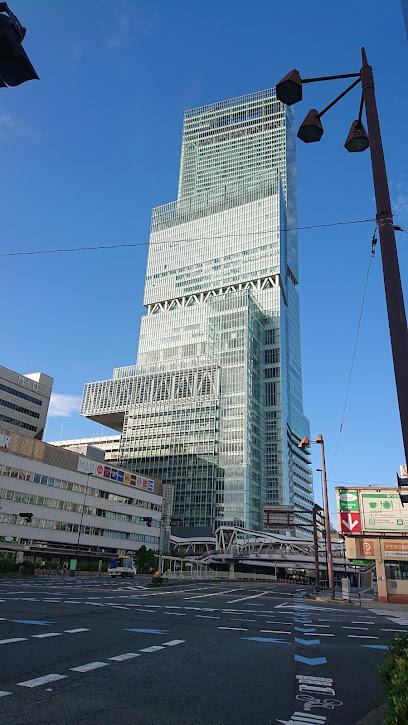
Osaka Aquarium Kaiyukan
Discover the breathtaking marine life at Osaka Aquarium Kaiyukan, one of the world’s largest aquariums, located in scenic Osaka Bay.

Osaka Castle Park
Explore the historic Osaka Castle Park, a stunning blend of nature and culture in the heart of Osaka, Japan, perfect for a tranquil getaway.
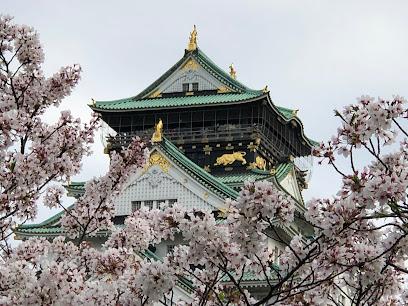
Nishiki Market
Experience the essence of Kyoto through the bustling Nishiki Market, where food, culture, and tradition come together in a vibrant setting.
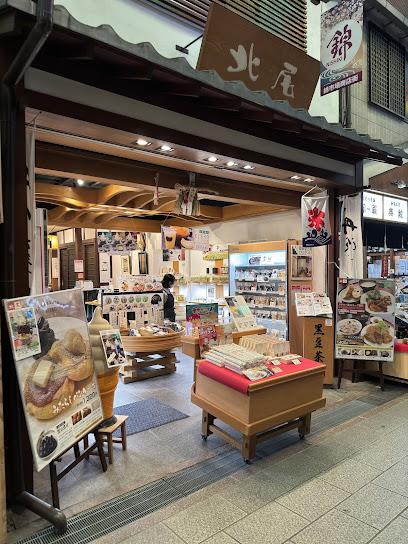
Nijō Castle
Explore Nijo Castle in Kyoto, a UNESCO World Heritage Site showcasing exquisite architecture and rich historical significance amidst beautiful gardens.
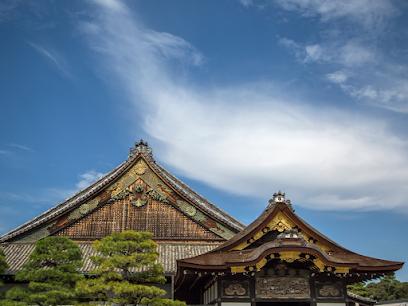
Umeda Sky Building
Experience breathtaking views of Osaka from the iconic Umeda Sky Building, a blend of modern architecture and cultural significance.

Tsūtenkaku
Explore Tsūtenkaku, Osaka's iconic observation tower, blending history, stunning views, and vibrant local culture in one unforgettable experience.

Yasaka Shrine
Discover the spiritual essence of Kyoto at Yasaka Shrine, a historic Shinto site known for its stunning architecture and vibrant festivals.
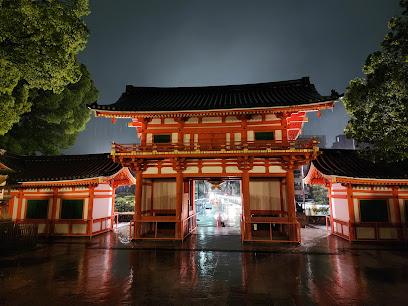
Tōdai-ji
Explore Tōdai-ji, a UNESCO World Heritage site in Nara, Japan, home to the Great Buddha and stunning traditional architecture.
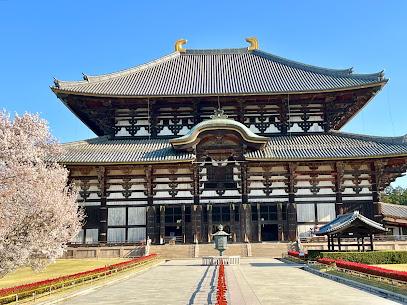
Byodoin
Discover the tranquility and beauty of Byodoin, a UNESCO World Heritage Site in Kyoto, renowned for its exquisite architecture and serene gardens.
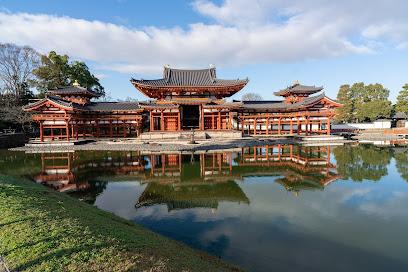
Essential places to dine
Kani Doraku Dotonbori Main Branch
Savor authentic Japanese crab dishes at Kani Doraku Dotonbori, where culinary excellence meets vibrant Osaka culture.

Fukutaro Main Store
Experience authentic okonomiyaki at Fukutaro Main Store in Osaka—where tradition meets taste in every bite.
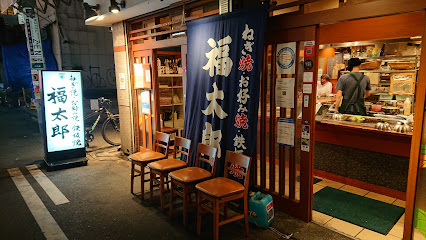
Ali's Kitchen Osaka Halal Pakistani & Arabic Restaurant
Discover the rich flavors of Pakistan and the Middle East at Ali's Kitchen, Osaka's top halal restaurant offering authentic dishes in a vibrant setting.
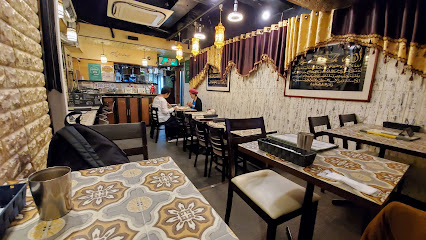
OKO - Fun Okonomiyaki Bar
Experience authentic okonomiyaki in Osaka at OKO - Fun Okonomiyaki Bar, where flavor meets fun with gluten-free, vegan, and vegetarian options available.
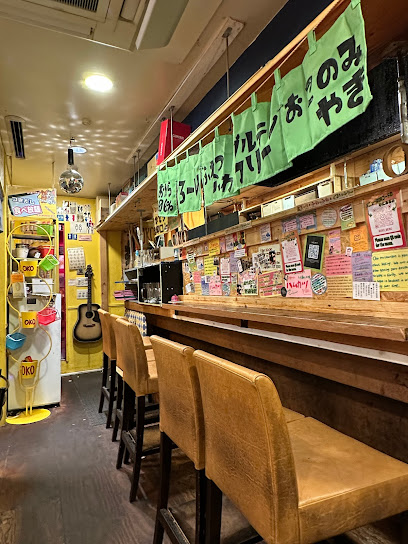
Wanomiya Kobe Beef
Experience authentic teppanyaki at Wanomiya Kobe Beef in Osaka—home to exquisite flavors and expertly grilled Kobe beef.
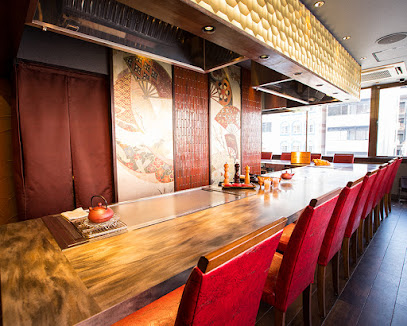
Gyozaoh! Dotonbori
Experience Osaka's culinary charm at Gyozaoh! Dotonbori – savor delicious gyoza and authentic Japanese flavors in a vibrant setting.
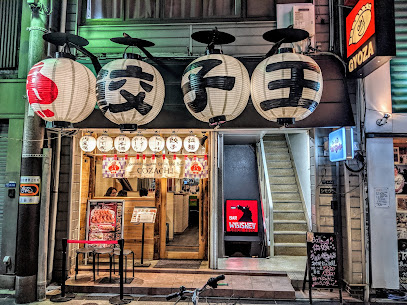
Okonomiyaki Okaru
Discover the authentic taste of okonomiyaki at Okaru, where every bite tells a story of tradition and flavor.
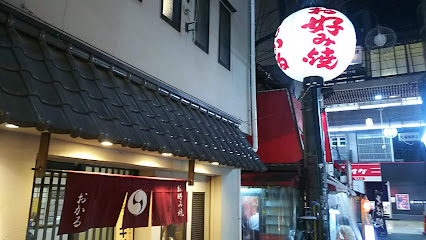
Honke Shibato
Savor authentic unagi dishes at Honke Shibato, where tradition meets culinary excellence in the heart of Osaka.
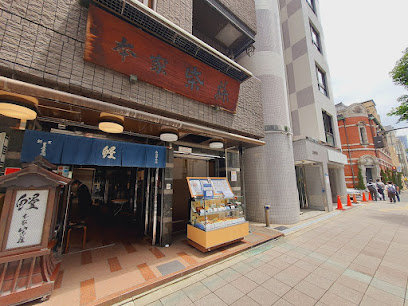
Nakanoshima Love Central
Experience authentic Italian cuisine at Nakanoshima Love Central - a cultural gem in Osaka's vibrant dining scene.
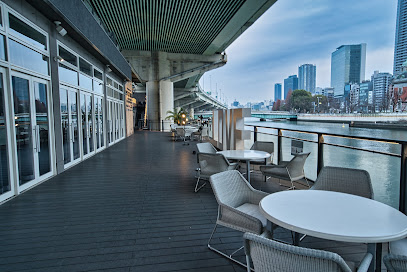
NAKANOSHIMA SOCIAL EAT AWAKE
Discover the vibrant flavors of Japan and beyond at Nakanoshima Social Eat Awake – where modern izakaya meets Western dining excellence.
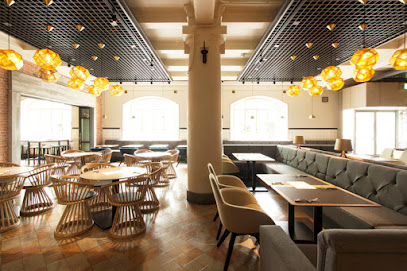
Curry Yakumido
Discover authentic Japanese curry at Curry Yakumido in Osaka – a must-visit destination for food enthusiasts seeking rich flavors and cozy vibes.

Sushi Hayata
Discover the essence of authentic Japanese cuisine at Sushi Hayata – where tradition meets taste in every exquisite bite.
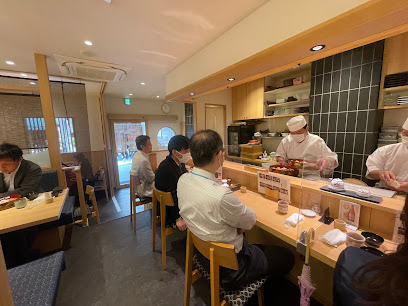
Discovery Restaurant
Experience delightful cuisine in a whimsical setting at Discovery Restaurant within Universal Studios Japan.
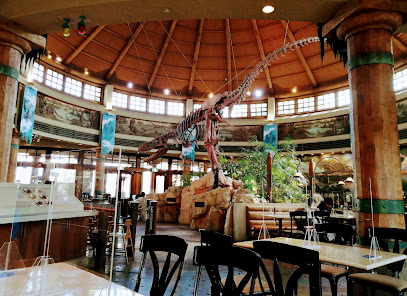
zojirushisyokudo
Savor authentic Japanese cuisine at Zojirushi Shokudo in Namba - where tradition meets flavor in every dish.
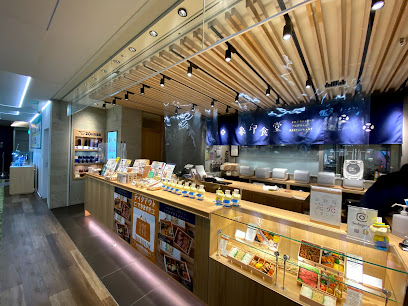
Osaka Ohsho
Experience authentic Chinese cuisine at Osaka Ohsho in Dotonbori - where every dish is a flavorful journey through tradition.
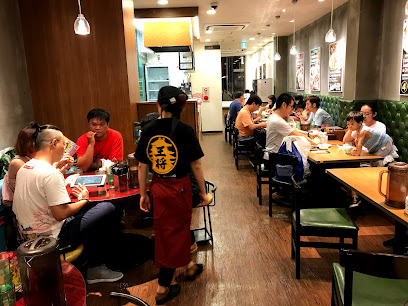
Markets, malls and hidden boutiques
Hankyu Umeda Main Store
Discover a shopping paradise at Hankyu Umeda Main Store, where luxury meets tradition in Osaka's vibrant retail scene.
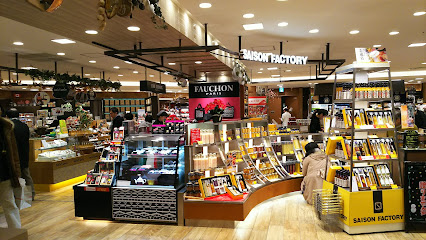
Shinsaibashi-Suji Shopping Street
Explore the vibrant Shinsaibashi-Suji Shopping Street in Osaka, where high-end fashion meets quirky boutiques and delicious local cuisine.

Osaka Station City
Explore Osaka Station City: A dynamic business park and shopping mall blend offering unique shops, dining, and cultural experiences in the heart of Osaka.
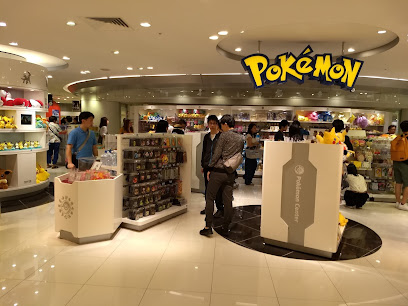
Osaka Takashimaya
Experience the pinnacle of shopping at Osaka Takashimaya, where diverse retail options, delightful cafes, and unique dining await every visitor.
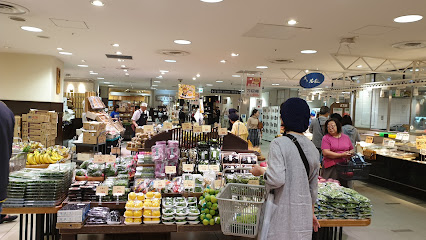
HEP FIVE
Discover HEP FIVE, Osaka's ultimate shopping mall featuring a unique blend of fashion, dining, and entertainment with breathtaking views from its iconic ferris wheel.
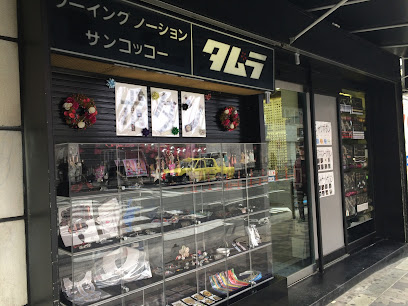
Universal Citywalk Osaka
Experience the excitement of shopping, dining, and entertainment at Universal Citywalk Osaka, the ultimate destination for tourists in Japan.
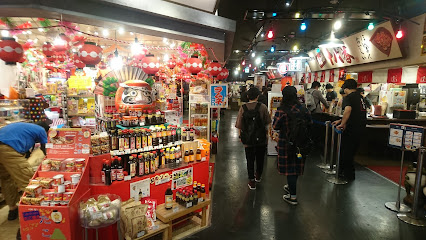
Namba Walk
Explore Namba Walk, Osaka's dynamic underground shopping mall, where fashion, food, and culture blend seamlessly in a vibrant atmosphere.

Daimaru Umeda Store
Discover the vibrant shopping experience at Daimaru Umeda Store, Osaka's premier destination for gifts, fashion, and gourmet delights.
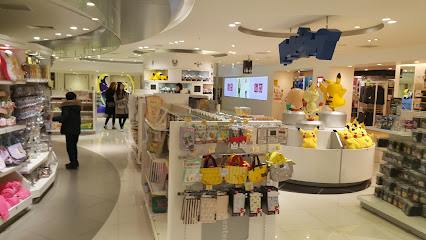
Tempozan Market Place
Explore Tempozan Market Place, a vibrant shopping destination in Osaka offering unique shops, delicious dining, and stunning views of the bay.
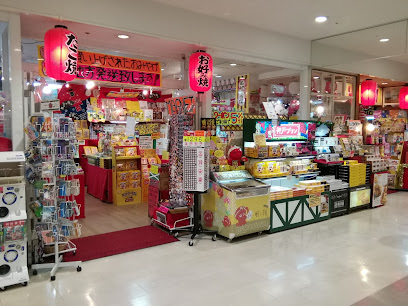
kindal shinsaibashi amerikamura second hand store
Explore Kindal Shinsaibashi for unique second-hand clothing and accessories in the heart of Osaka's vibrant Amerikamura district.
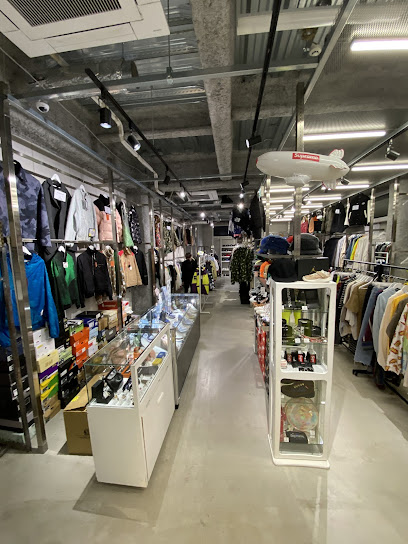
Doton Plaza Osaka
Discover unparalleled duty-free shopping at Doton Plaza, Osaka, where luxury and local treasures await in a vibrant atmosphere.
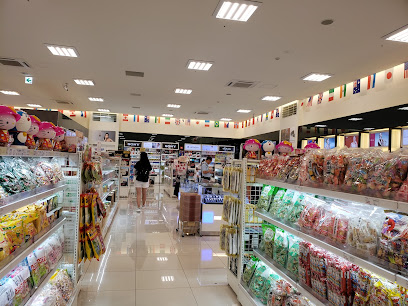
Ebisu Bashi-Suji Shopping Street
Explore the vibrant Ebisu Bashi-Suji Shopping Street in Osaka, a perfect blend of traditional and contemporary shopping experiences.
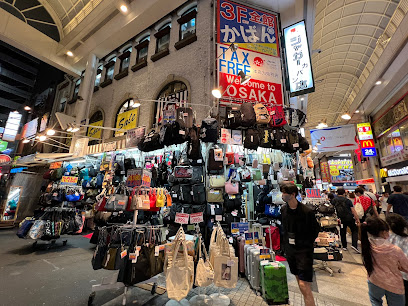
Gee Store Osaka
Explore Gee Store Osaka, a haven for hobby enthusiasts with an extensive selection of collectibles and unique merchandise in the heart of Japan's vibrant culture.
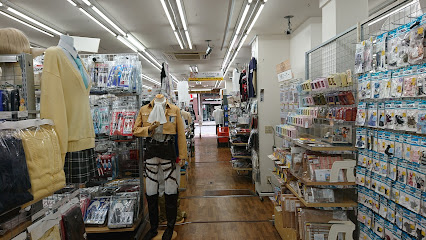
THANK YOU MART Osaka America village Store
Explore the vibrant gift shop THANK YOU MART in Osaka's America Village, offering unique souvenirs, trendy clothing, and colorful accessories.
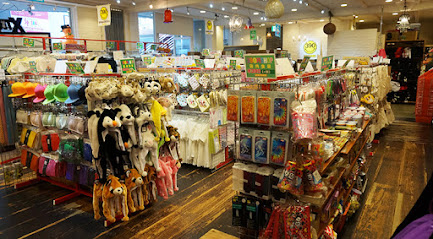
Disney Store LUCUA1100 Osaka
Discover the enchanting Disney Store LUCUA1100 Osaka, where magic meets shopping with exclusive toys, apparel, and memorabilia for fans of all ages.
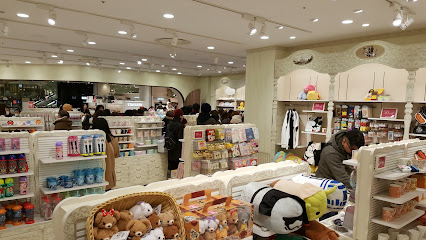
Essential bars & hidden hideouts
Bar Nayuta
Discover Bar Nayuta: Osaka's premier cocktail bar blending innovative mixology with Japanese flavors in a chic atmosphere.
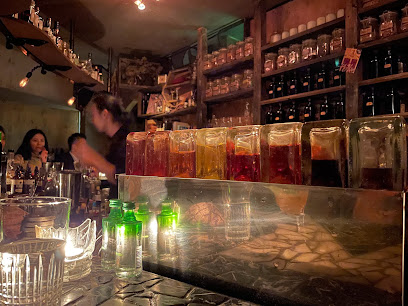
The Blarney Stone Shinsaibashi
Discover the essence of Irish pub culture at The Blarney Stone Shinsaibashi, where great food and live music meet in Osaka's vibrant nightlife.
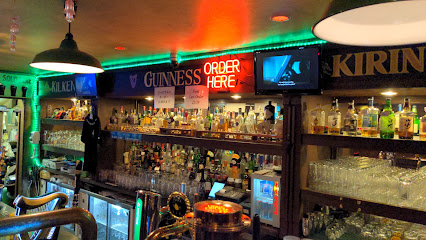
The Drunken Clam
Discover The Drunken Clam, Osaka's favorite karaoke bar, where singing and socializing create unforgettable nights filled with laughter and joy.

Bar Masuda
Discover the warmth of Osaka's nightlife at Bar Masuda, where exquisite drinks meet a cozy atmosphere perfect for relaxation.
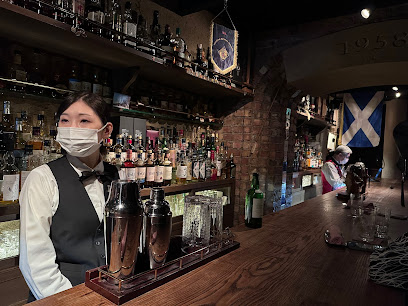
RBCB Rock Bar Cherry Bomb
Discover the lively atmosphere of RBCB Rock Bar Cherry Bomb, Osaka's go-to destination for unique cocktails and vibrant nightlife.
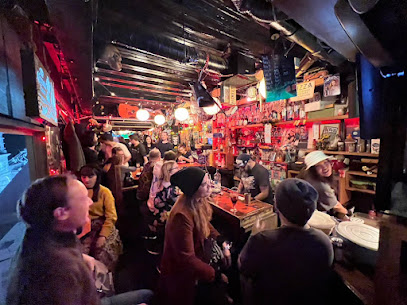
Moonshine Karaoke Bar
Experience the vibrant nightlife of Osaka at Moonshine Karaoke Bar, where singing, cocktails, and camaraderie come together for an unforgettable night.
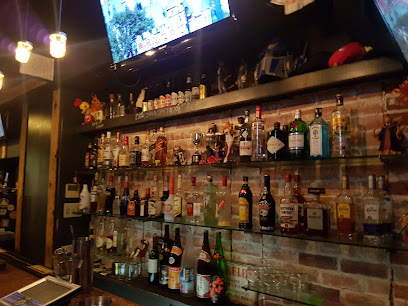
Bar Freedom - Just Japanese Whisky
Experience the essence of Japanese whisky at Bar Freedom, Osaka's premier bar for whisky enthusiasts and casual drinkers alike.

Bar K
Discover Osaka's nightlife at Bar K, a vibrant bar offering exquisite cocktails and a welcoming atmosphere for an unforgettable evening.
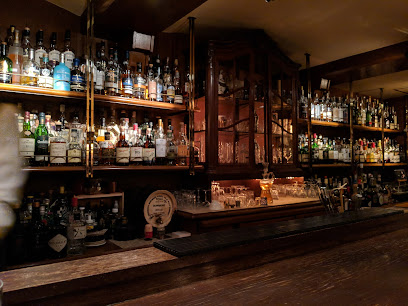
Bar Juniper
Discover the vibrant nightlife of Osaka at Bar Juniper, where skilled mixologists craft innovative cocktails in a stylish setting.
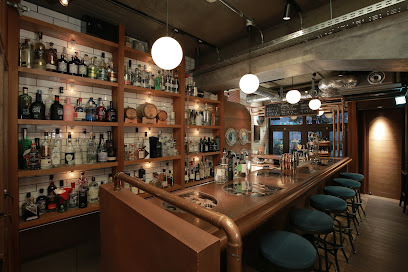
Rockrock
Experience the vibrant rock music scene at Rockrock, Osaka's premier bar and music club, where every night is a celebration of sound and energy.
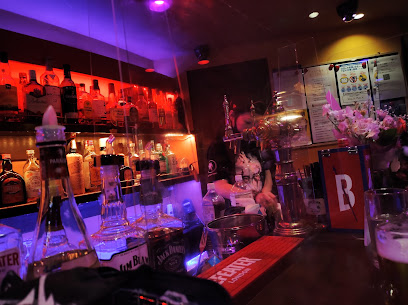
Crystal Bar
Discover the vibrant nightlife of Osaka at Crystal Bar, a must-visit spot for cocktails, music, and fun in the heart of the city.
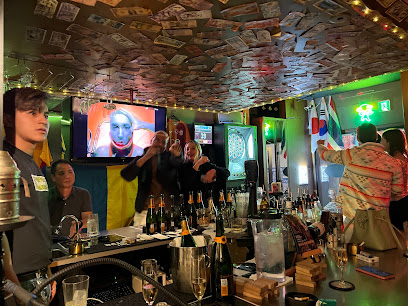
Subterra Cocktail Bar
Experience the unique mix of cocktails and ambiance at Subterra Cocktail Bar in Osaka's vibrant Dotonbori district for an unforgettable night out.
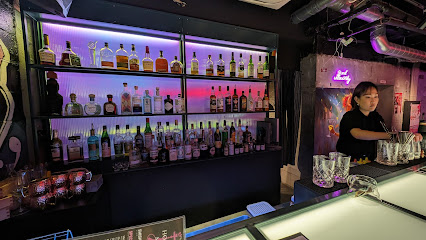
【本町 バー】Osaka Salon Bar(大阪サロンバー)
Experience the vibrant nightlife of Osaka at the charming Osaka Salon Bar, where exquisite drinks and a welcoming atmosphere await every visitor.
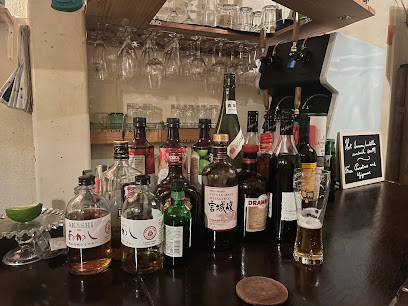
Main Bar Spirits
Experience the vibrant nightlife of Osaka at Main Bar Spirits, where exquisite cocktails and local hospitality await.
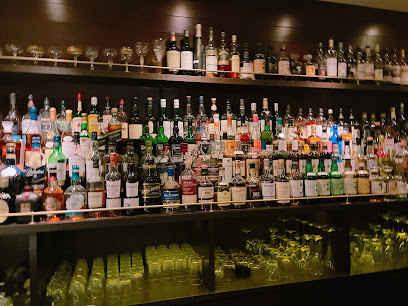
Bar Fun
Experience the vibrant nightlife of Osaka at Bar Fun, where creative cocktails and a lively atmosphere await in Dotonbori.
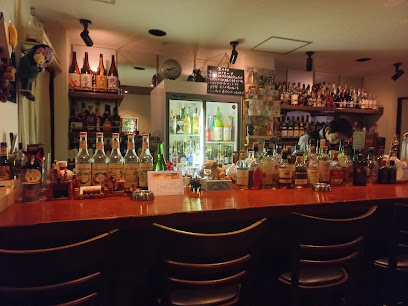
Travel experiences inspired by this city
Explore more travel diariesLocal Phrases
-
- Helloおはようございます
[ohayou gozaimasu] - Goodbyeさようなら
[sayounara] - Yesはい
[hai] - Noいいえ
[iie] - Please/You're welcomeどうぞ
[douzo] - Thank youありがとうございます
[arigatou gozaimasu] - Excuse me/Sorryすみません
[sumimasen] - How are you?お元気ですか?
[ogenki desu ka?] - Fine. And you?元気です。あなたは?
[genki desu. anata wa?] - Do you speak English?英語を話せますか?
[eigo o hanasemasu ka?] - I don't understandわかりません
[wakarimasen]
- Helloおはようございます
-
- I'd like to see the menu, pleaseメニューを見せていただきたいです
[menyuu o misete itadakitai desu] - I don't eat meat肉を食べません
[niku o tabemasen] - Cheers!乾杯!
[kanpai!] - I would like to pay, pleaseお会計をお願いします
[okaikei o onegaishimasu]
- I'd like to see the menu, pleaseメニューを見せていただきたいです
-
- Help!助けて!
[tasukete!] - Go away!行きなさい!
[ikinasai!] - Call the Police!警察を呼んで!
[keisatsu o yonde!] - Call a doctor!医者を呼んで!
[isha o yonde!] - I'm lost道に迷っています
[michi ni mayotteimasu] - I'm ill具合が悪いです
[guai ga warui desu]
- Help!助けて!
-
- I'd like to buy...買いたいです
[kaitai desu] - I'm just looking見てるだけです
[miteru dake desu] - How much is it?いくらですか?
[ikura desu ka?] - That's too expensiveそれは高すぎます
[sore wa takasugimasu] - Can you lower the price?値引きしてもらえますか?
[nebiki shite moraemasu ka?]
- I'd like to buy...買いたいです
-
- What time is it?今何時ですか?
[ima nanji desu ka?] - It's one o'clock一時です
[ichiji desu] - Half past (10)十時半
[juuji han] - Morning朝
[asa] - Afternoon午後
[gogo] - Evening夕方
[yuugata] - Yesterday昨日
[kinou] - Today今日
[kyou] - Tomorrow明日
[ashita] - 1一
[ichi] - 2二
[ni] - 3三
[san] - 4四
[shi] - 5五
[go] - 6六
[roku] - 7七
[shichi] - 8八
[hachi] - 9九
[kyuu] - 10十
[juu]
- What time is it?今何時ですか?
-
- Where's a/the...?...はどこですか?
[...wa doko desu ka?] - What's the address?住所は何ですか?
[juusho wa nan desu ka?] - Can you show me (on the map)?(地図で)見せてもらえますか?
[(chizu de) misete moraemasu ka?] - When's the next (bus)?次の(バス)はいつですか?
[tsugi no (basu) wa itsu desu ka?] - A ticket (to ....)(...)へのチケットをください
[(...) e no chiketto o kudasai]
- Where's a/the...?...はどこですか?
History of Osaka
-
Osaka's history dates back to ancient times when it was known as Naniwa. In the 5th and 6th centuries, Naniwa served as a vital hub for cultural and commercial exchange between Japan, China, and Korea. During this period, it was an important port and gateway for the introduction of continental culture and technology.
-
Osaka Castle, one of Japan's most famous landmarks, was constructed in 1583 by Toyotomi Hideyoshi, a prominent warlord during the Sengoku period. The castle played a crucial role during the unification of Japan. It was the site of several significant battles, including the Siege of Osaka, which marked the end of the Toyotomi clan's power.
-
During the Edo period (1603-1868), Osaka flourished as a center of commerce and trade. Known as the 'Nation's Kitchen,' Osaka was the primary distributor of rice and other goods throughout Japan. The city's merchants, known for their business acumen, established a vibrant economy and contributed to the development of a unique urban culture.
-
The Meiji Restoration of 1868 brought about significant changes in Osaka as Japan rapidly modernized. The city became an industrial powerhouse, with the establishment of factories and infrastructure. Osaka's port was modernized, and the city expanded with new transportation networks, contributing to its growth as an economic center.
-
Osaka suffered extensive damage during World War II due to air raids. However, the city underwent rapid reconstruction in the post-war period. By the 1960s, Osaka had rebuilt itself as a major industrial and commercial hub. The 1970 Osaka Expo showcased Japan's recovery and technological advancements on the global stage.
-
Today, Osaka is a vibrant metropolis known for its modern architecture, bustling shopping districts, and rich culinary scene. The city's culture blends traditional Japanese elements with contemporary influences, making it a dynamic and diverse destination. Landmarks such as Umeda Sky Building, Dotonbori, and Universal Studios Japan highlight Osaka's mix of history and modernity.
Osaka Essentials
-
Osaka is served by two major airports: Kansai International Airport (KIX) and Osaka Itami Airport (ITM). Kansai International Airport is the primary international gateway, located on an artificial island in Osaka Bay. It is connected to the city by various transportation options including the JR Haruka limited express, the Nankai Airport Line, and limousine buses. Osaka Itami Airport primarily handles domestic flights and is connected to the city by monorail and buses. Additionally, Osaka is well-connected by Shinkansen (bullet trains) to other major cities in Japan.
-
Osaka boasts an efficient and extensive public transportation system, including subways, buses, and trains. The Osaka Metro is the most convenient way to get around the city, with several lines connecting key areas. JR West operates trains that connect Osaka to neighboring regions and cities. IC cards like ICOCA and Suica can be used on most public transport for seamless travel. Taxis are also available, though they are more expensive. Bicycles are a popular mode of transport, and bike rental services are widely available.
-
The official currency in Japan is the Japanese Yen (JPY). Credit and debit cards are widely accepted in urban areas, especially in hotels, larger restaurants, and retail stores. However, it is advisable to carry some cash for smaller establishments, food stalls, and traditional markets. ATMs are readily available and many accept international cards, particularly those at convenience stores like 7-Eleven and FamilyMart.
-
Osaka is generally a safe city for tourists. However, it is wise to remain vigilant, particularly in crowded areas like Namba and Umeda. While violent crime is rare, petty crimes such as pickpocketing can occur in busy tourist spots. The areas of Nishinari and Shinsekai have higher crime rates compared to other parts of Osaka, so exercise caution if visiting these areas.
-
In case of emergency, dial 110 for police assistance and 119 for fire and medical emergencies. English-speaking operators are available. Osaka has several hospitals and clinics with English-speaking staff. It is advisable to have travel insurance that covers medical emergencies. For minor health concerns, pharmacies (薬局 'yakkyoku') are common and can provide over-the-counter medications.
-
Fashion: Do dress neatly and conservatively. Avoid overly casual attire in formal settings. Religion: Do respect religious sites by removing your shoes and dressing modestly. Public Transport: Do follow queueing etiquette and keep conversations quiet. Don’t eat or drink on public transport. Greetings: Do bow when greeting people and use polite language. Eating & Drinking: Do try local specialties and show appreciation for the food. Don’t tip, as it is not customary in Japan.
-
To experience Osaka like a local, explore the hidden alleys and food stalls in Namba and Dotonbori. Visit local sento (public baths) for a traditional bathing experience. Try joining local events or festivals, such as Tenjin Matsuri or the cherry blossom viewing in spring. Engage with locals at izakayas (Japanese pubs) where you can enjoy authentic food and conversation. Don’t miss out on Osaka’s street food, including takoyaki and okonomiyaki.
Trending Landmark in Osaka
-
Universal Studios Japan
-
Osaka Castle
-
Dotonbori
-
Osaka Aquarium Kaiyukan
-
Osaka Castle Park
-
Umeda Sky Building
-
Tsūtenkaku
-
Harukas 300
-
Kuchu Teien Observatory
-
Shitenno-ji
-
Nakanoshima Park
-
Osaka Castle Main Tower (Osaka Castle Museum)
-
Naniwa-no-Miya-Ato Park (Naniwanomiya Palace Site Park)
-
Tombori River walk
-
Otemon Gate
Nearby Cities to Osaka
-
Things To Do in Nara
-
Things To Do in Kyoto
-
Things To Do in Nagoya
-
Things To Do in Kanazawa
-
Things To Do in Hiroshima
-
Things To Do in Tokyo
-
Things To Do in Fukuoka
-
Things To Do in Ulsan
-
Things To Do in Gyeongju
-
Things To Do in Pohang
-
Things To Do in Busan
-
Things To Do in Daegu
-
Things To Do in Andong
-
Things To Do in Suncheon
-
Things To Do in Daejeon
















